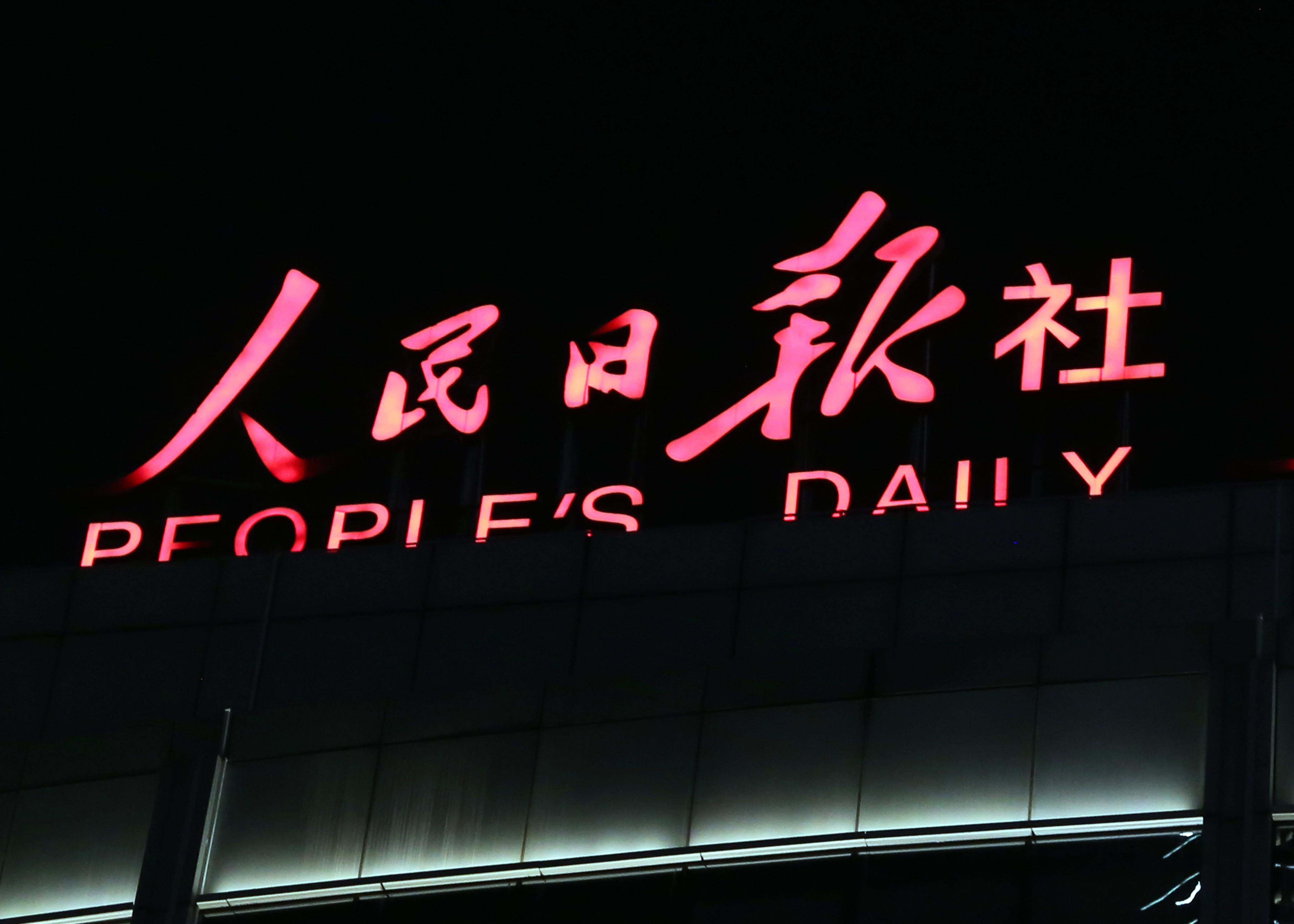BEIJING — In China, tightly controlled coverage of Russia’s invasion of Ukraine has focused heavily on negotiations.
Beijing’s line has been to promote negotiations, as China tries to position itself further away from Russia than was portrayed in early February during a high-profile meeting between Chinese President Xi Jinping and Russian President Vladimir Putin.
As the Ukrainian delegation arrived at the Belarus border for a first round of talks with Russia on Monday, Chinese state media was quick to update and even livestream the proceedings. State media had pushed out reports of Xi’s call with Putin late on Friday that focused on the Russian leader’s willingness to negotiate.
When the war began on Thursday, China’s Foreign Ministry maintained its emphasis on negotiations. And while it said it China did not like what it was seeing, it refused to categorize the attack as an invasion.
State media coverage
Chinese state media has instead used the term “special military operations.” State-run broadcaster CCTV’s daily evening news broadcast has mentioned the Russia-Ukraine conflict, but mostly in a brief segment toward the end of the roughly half-hour program in a section about international news.
Again, the discussion of the war has focused more on efforts toward negotiations, and less on Russia’s attack.
While state news agency Xinhua has published visual reports about Ukrainian refugees, some carried by Communist Party newspaper the People’s Daily claimed to show the refugees arriving at the eastern border with Russia.
Xinhua has livestreamed from Kyiv occasionally, mostly on the lives of local residents amid “conflict.”
The Chinese embassy in Ukraine over the weekend also released a nearly 10-minute video by the ambassador Fan Xianrong, in which he said he was in Kyiv and hearing sirens, explosions and gunshots.
Chinese Minister Wang Yi said in a call Tuesday with Ukrainian Foreign Minister Dmytro Kuleba that China is “deeply grieved” to see the conflict, according to an official English-language statement from China’s foreign ministry. Local media pushed out the Chinese version of the readout, which also said the call focused on the evacuation of Chinese citizens.
State-run financial media has discussed the war’s impact on commodity prices and markets.
But as is often the case in China, the media has focused overwhelmingly on Xi’s speeches and domestic events.
Beijing is focused on what is typically a politically sensitive time of the year — a largely symbolic gathering of delegates in the capital to approve the GDP growth target, national budget and other policy measures. The main meeting is set to kick off on Saturday and run for at least a week.
Talk of China-U.S. relations
Russia’s invasion of Ukraine coincided with the commemoration of the 50th anniversary of U.S. President Richard Nixon’s trip to China and a thaw in U.S. relations with Beijing.
Chinese Foreign Minister Wang has emphasized the importance of the U.S.-China relationship and the need to promote cooperation and a return to a “right” track, according to comments carried by Chinese state media.
However, China’s foreign ministry spokespeople have blamed the U.S. for exacerbating Russia-Ukraine tensions, and state media’s daily evening news broadcast has cast the U.S. as failing to handle the pandemic and maintain stability in the Middle East.
During a press conference Tuesday, the Chinese Ministry of Commerce did not take a single question from reporters about trade with Russia, Ukraine or the United States.
